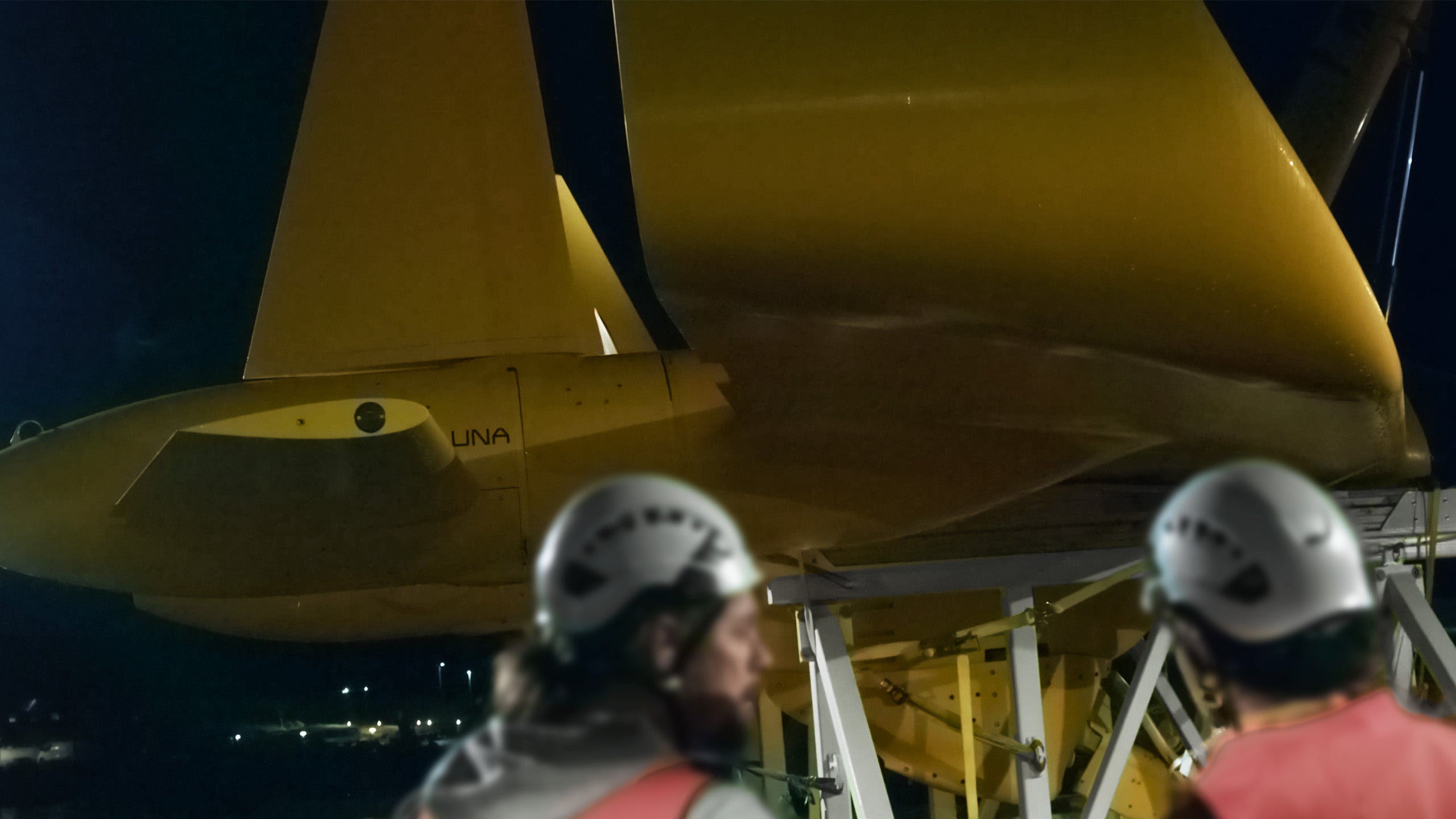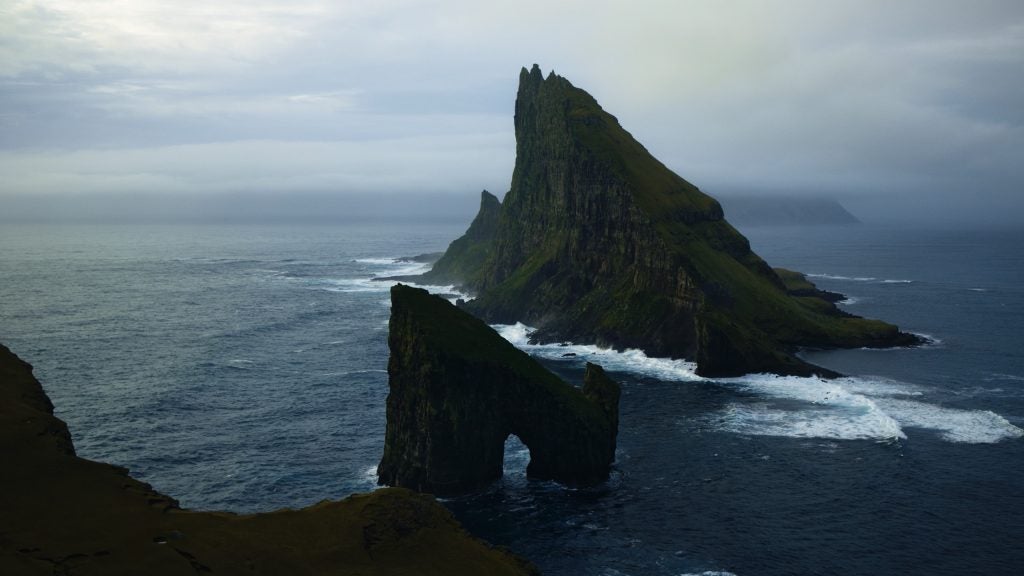
Gothenburg, 27 March 2025: Deep down in the Atlantic, the kite LUNA flies at speeds of up to 16 knots at a depth of 60 meters, harnessing tidal currents – moon-powered energy in motion. This innovation is at the center of the Faroe Island Space Program. A moon energy base initiated by global bearing producer SKF and marine energy developer Minesto in the Faroe Islands. A space program firmly grounded on Earth, exploring how to make the most of the resources we already have.
“Reducing friction is in our bearing’s DNA, but it’s seldom as important as when producing energy. You want all the output to go to the electricity grid and not disappear as friction,” says Yvonne Rydberg, application engineer at SKF.
Research shows how 20% of all energy consumed globally is used to overcome friction. To reduce the amount of friction in the world, we’re able to use our resources in a more efficient way. That has always been the mission for SKF, and it’s also what guided this contribution to the Faroe Island Space Program together with ocean energy developer Minesto.
During the “space project” (link to main release), the kite called LUNA captures energy from tidal streams created by the moon’s gravitational pull, driving water through a turbine to generate energy. This innovative tidal kite has a rated power of 1.2 MW, enough to power 200 villas with electricity for one year. This energy source is 100% predictable because it relies on the moon’s orbit which remains stable over long timescales.
“At SKF, we’re actively working towards a sustainable future by optimizing global resources through advanced technology. These Minesto-kites, powered by turbines equipped with SKF technology and knowledge, exemplify this commitment. This enables harnessing the Moon’s energy and potentially revolutionizing the renewable energy landscape”, says Annika Ölme, CTO & SVP, Technology Development, SKF.
Since the kites operate deep down in the Atlantic, there are great challenges to tackle. The kite flies at speeds of up to 16 knots at a depth of 60 meters. During operation the turns are smooth, but the system must also be able to handle acceleration. Choosing the right bearings and seals to endure these conditions is critical.
“For us, as a tech development company to work with a global industrial company such as SKF is both a learning experience and an inspiration,” says Martin Edlund, CEO of Minesto.
Learn more about the Faroe Islands space program

Disclaimers
20% of the world’s energy production is used to overcome friction. Source: Holmberg, K., Erdemir, A. Influence of tribology on global energy consumption, costs and emissions. Friction 5, 263–284 (20171) (alt. How is bearing selection affecting your industry’s CO2 footprint? | SKF)
Calculated on an example villa with an energy consumption of 17.000 kWh/year. For average consumption data, please refer to country-specific sources such as Vattenfall

